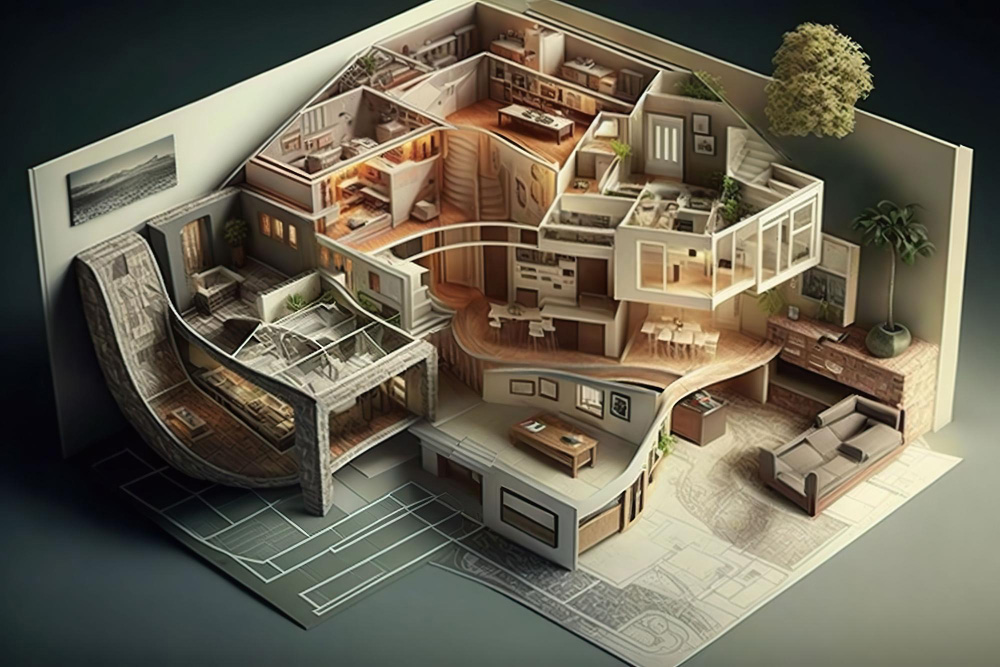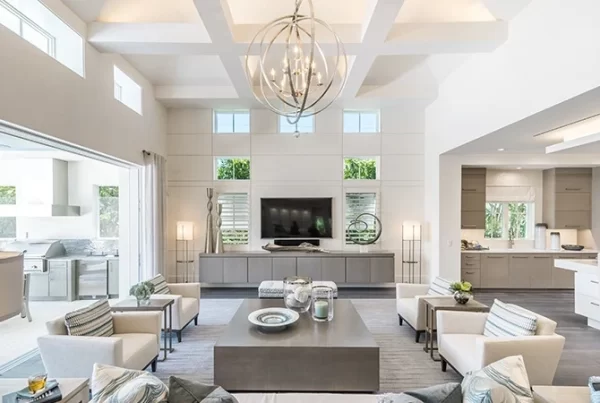In the realm of architecture, effective visualization is key to communicating design concepts, capturing client imagination, and facilitating informed decision-making throughout the project lifecycle. In recent years, 3D rendering has emerged as a powerful tool in architectural visualization, offering architects, designers, and clients a realistic and immersive glimpse into the built environment. In this article, we’ll explore the pivotal role of 3D rendering in architectural visualization and its impact on the industry.
The Evolution of Architectural Visualization:
Traditionally, architectural visualization relied on 2D drawings, sketches, and physical models to convey design ideas. While these methods provided valuable insights, they often fell short in accurately depicting spatial relationships, materiality, and ambiance. With the advent of computer-aided design (CAD) software in the 20th century, architects gained the ability to create digital 3D models of their designs, laying the groundwork for the development of 3D rendering technology.
The Power of Photorealism:
One of the most significant advantages of 3D rendering is its ability to generate photorealistic images and animations that closely resemble the final built environment. By simulating lighting conditions, textures, and materials with remarkable accuracy, 3D rendering allows stakeholders to visualize the project in vivid detail, from the play of sunlight on surfaces to the subtle nuances of interior finishes.
Enhancing Design Communication:
3D rendering serves as a powerful communication tool, enabling architects to convey design intent and spatial concepts more effectively than ever before. With immersive 3D visualizations, clients, stakeholders, and project teams can gain a deeper understanding of the proposed design, explore different perspectives, and provide valuable feedback early in the design process.
Streamlining Decision-Making:
Incorporating 3D rendering into the architectural workflow streamlines decision-making and reduces the likelihood of costly revisions during construction. By visualizing design iterations in a virtual environment, architects can identify potential issues, test design alternatives, and fine-tune details with greater precision, ultimately leading to more informed and efficient decision-making.
Facilitating Client Engagement:
3D rendering plays a pivotal role in engaging clients and fostering collaboration throughout the design process. By presenting photorealistic renderings and immersive virtual tours, architects can captivate clients’ imaginations, solicit feedback, and ensure alignment with their vision and expectations. This collaborative approach not only enhances client satisfaction but also builds trust and confidence in the design team.
Navigating Complex Projects:
For complex architectural projects involving intricate spatial configurations, challenging site conditions, or innovative design concepts, 3D rendering provides invaluable support in visualizing and communicating design solutions. Whether it’s showcasing the interplay of volumes in a contemporary skyscraper or illustrating the integration of sustainable features in a green building, 3D rendering helps architects navigate complexity with clarity and precision.
Embracing Technological Advancements:
The field of 3D rendering continues to evolve rapidly, driven by advances in computer graphics, rendering algorithms, and hardware capabilities. Real-time rendering engines, virtual reality (VR), and augmented reality (AR) technologies are revolutionizing architectural visualization, enabling architects to create interactive experiences and immersive environments that push the boundaries of creativity and innovation.
Conclusion:
In the dynamic world of architecture, effective visualization is essential for translating design concepts into built reality. 3D rendering has emerged as a game-changer in architectural visualization, offering architects, designers, and clients a powerful tool for bringing designs to life with unparalleled realism and clarity. By harnessing the capabilities of 3D rendering technology, architects can communicate design intent, streamline decision-making, and engage stakeholders in meaningful dialogue, ultimately shaping a built environment that inspires, delights, and enriches the lives of all who inhabit it.






